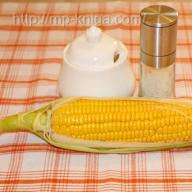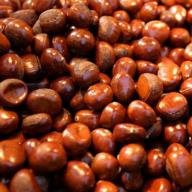Blackcurrant is a unique berry that almost every gardener can boast of. Blackcurrant bushes are quite unpretentious in their care, but at the same time they bear fruit well, the fruits are very easy to collect.
Many people know about the incredible useful properties blackcurrant berries, it is believed that they are able to remove harmful toxins and microparticles of heavy metals from the human body. However, not everyone had the good fortune to taste real blackcurrant wine.
Blackcurrant wine does not have a particularly rich aroma, although it is quite tasty, tart, unusually spicy, has a wonderful color and transparency. Room temperature is the most optimal for serving the drink for tasting.
Among winemakers, blackcurrant is considered very advantageous- from 10 kilograms of berries you can extract up to 25 liters of wine. Quite often currant fruits combine with other berries to save blackcurrant wine from its inherent astringency. Properly homemade wine is prepared with a significant amount of sugar and water.
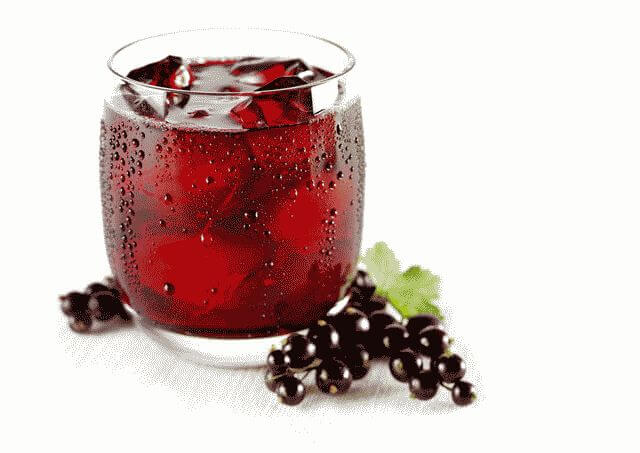
Technology
The process of winemaking is not a matter of one month of work, but the work is worth it.
The technology of the production process of homemade blackcurrant wine is a little specific and has seven main stages. With the right recipe at every stage, you will end up with an incredible result in the form of an excellent homemade wine.
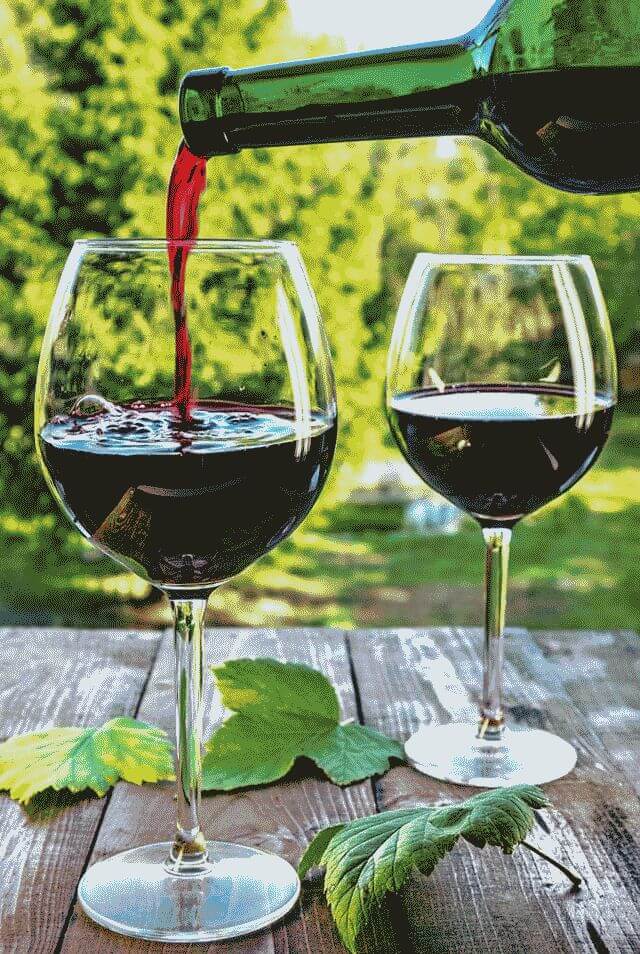
How to make wine at home: the main steps
Preparatory stage
It is necessary to carefully sort out the berries, select moldy, unripe, as well as leaves, twigs and small debris. Then you need to properly rinse the berries and crush until a jelly-like slurry is formed. Gradually add granulated sugar to the resulting mass, but not too much to begin with.
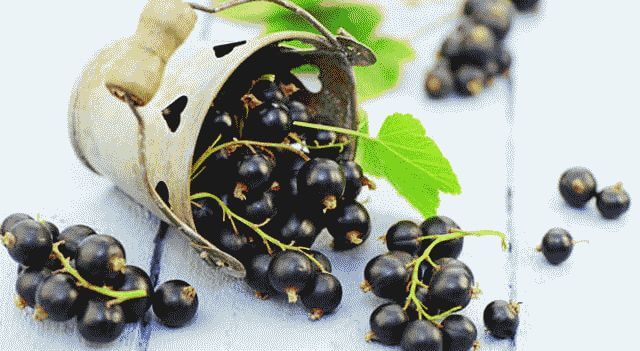
Wine sourdough production
It will take one and a half cups of sugar for 10 liters of finished wine. At this stage, you will need a little raisins(400 g per 10 kg of currant berries), which should not be pre-washed with water in order to preserve wine bacteria.
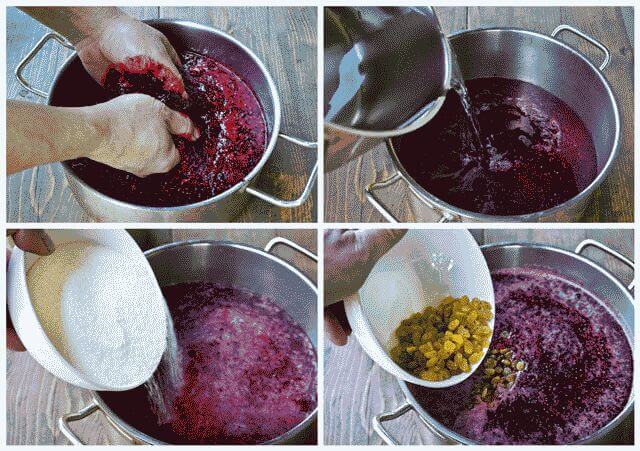
Currant berries are placed in a container where water and sugar are added. It should be noted that the amount of added water can regulate the astringency of the finished wine, as well as the strength that will be obtained in the end (light table wine, strong, liqueur, dessert). The average proportions of water are considered to be 1.5 liters per 1 kilogram of berries, then you can vary in proportions, focusing on your taste. The average proportions of sugar are 0.5 kg per 1 kg of berries.
The neck of the container should be covered with a cotton or gauze swab, and then set aside at a temperature not lower than 22°С. Sourdough is considered to be ready from the moment of fermentation. It must be used within 7-10 days.
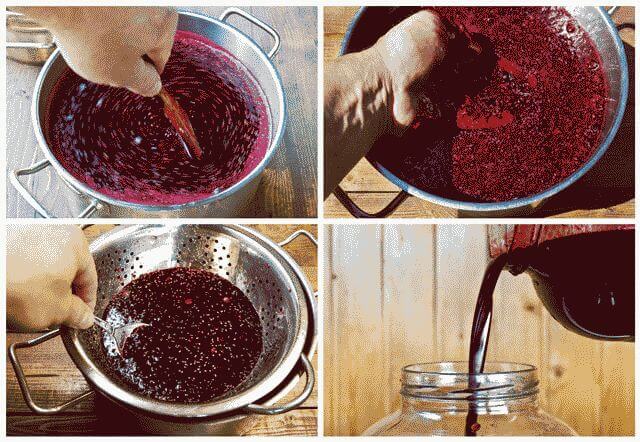
Pulp preparation
Berries (based on an important type of wine) should be poured with warm water, and then supplemented with ready-made sourdough. The prepared container must be filled to three quarters of the volume. The neck of the container should be covered with a cloth and put in a warm place for 3-4 days to start the fermentation process. Another important condition is the need to stir the resulting mixture (pulp) 3-4 times a day, in order to prevent its acidification.
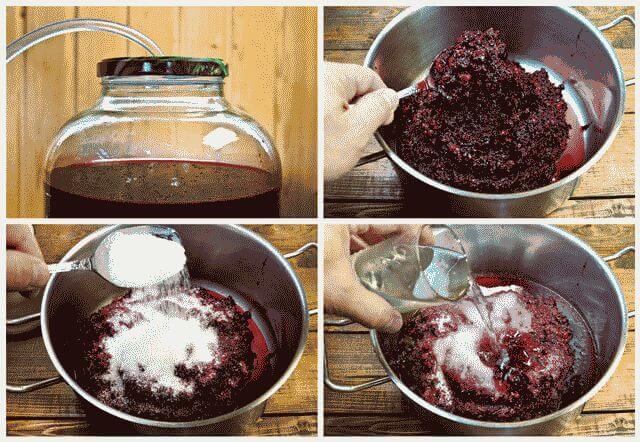
Getting the wort
After 3-4 days, it will visually become noticeable that the raisins are significantly swollen, and the berry gruel has changed its color to bright scarlet. Now you need drain accumulated juice in another container. Juice and slurry should be carefully strain through cheesecloth or sieve. Ultimately, the thick residue is carefully squeezed out and the remaining must is sent for further fermentation. After 10-12 days again filter slurry, and the resulting juice is also sent for the production of wine.
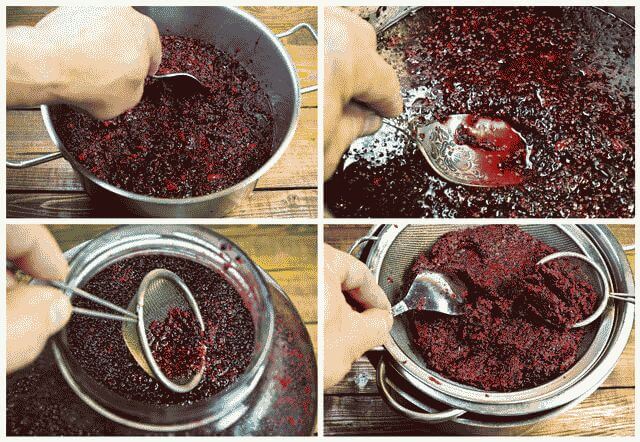
Fermentation
The resulting wort, water and sugar are poured into a container for three quarters of the total volume of the container. A water seal is organized in the container ( water seal), which is necessary to prevent the interaction of air with wine raw materials during fermentation. Using this design, it is possible to observe the intensity of the fermentation process and evaluate the speed and frequency of the exit of bubbles from a tube placed in a container filled with water, which is also part of the water seal system.
For a complete fermentation process, a constant temperature of about 24 ° C is important. The average duration of this stage is approximately 20-30 days.
In fact, the result is already a young wine, which still needs to be worked on in order to give it the classic taste of blackcurrant wine.
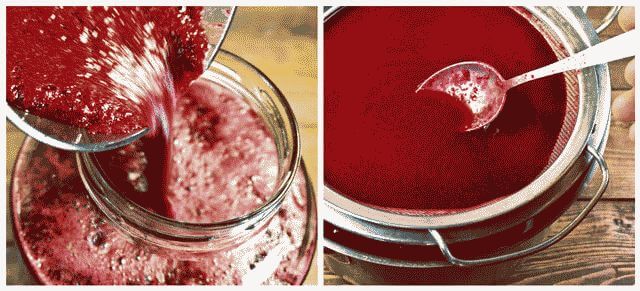
Lightening
This is a long stage, which will require at least 3 weeks. The longer you can endure at this stage, the better the finished wine will come out.
So, the resulting wine is carefully separated from the sediment, pumping through a rubber tube into another clean and dry container. After that, the water seal is fixed again and left at a temperature not exceeding 10°C. The thicket remaining from the primary filtration is again settled and after 2-3 days it is filtered again.
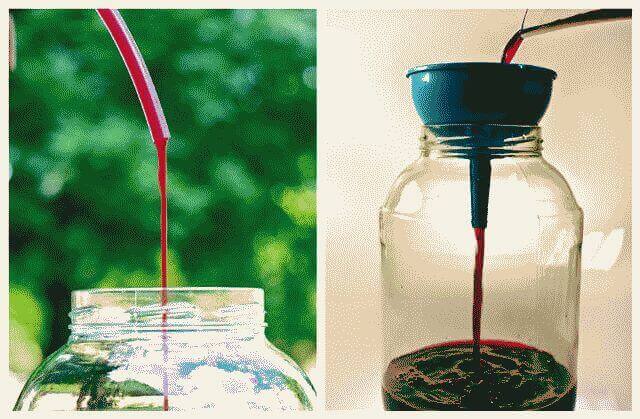
The final stage
The settled wine is ready again separated from the sediment, pour into a clean and dry container, cork and store in a dark, cool place.
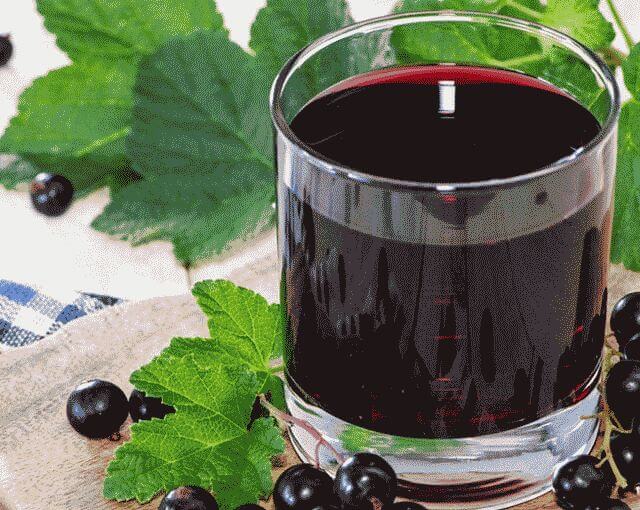
How to make currant wine at home: recipes
The classic recipe for making homemade blackcurrant wine is quite simple: 3 parts water, 2 parts berries and 1 part sugar. Beginning winemakers should adhere to the technology of preparation as much as possible.
Proposed approximate proportions for different types of wines, based on 10 kg of blackcurrant fruits: (proportions are presented in combination - berry juice: water: sugar)
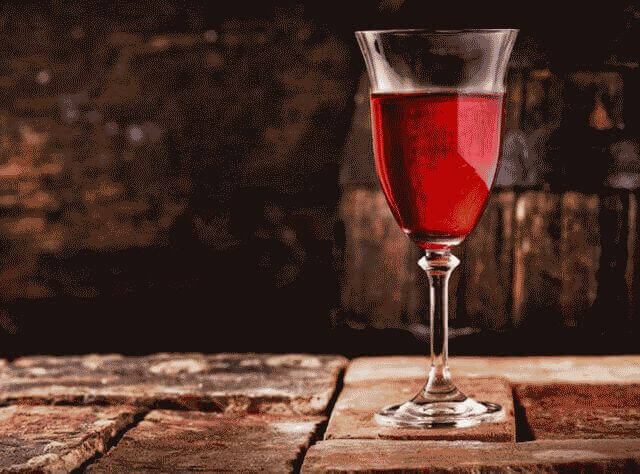
- Light table wine - 4.3 l: 9 l: 2.5 kg;
- Strong table - 4.5 l: 7 l: 5 kg;
- Fortified wine - 4.5 l: 4 l: 3.2 kg;
- Dessert - 4.5 l: 3.4 l: 4.2 kg;
- Liqueur - 4.4 l: 1 l: 5 kg.
Remember that blackcurrant in combination with other berries perfectly ennoble homemade wines (it goes well with cherries, cherries, gooseberries, apples).
Have a wonderful evening with a glass of tart gourmet home-made wine from blackcurrant berries!

